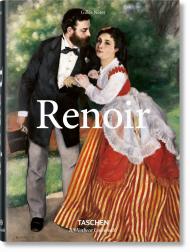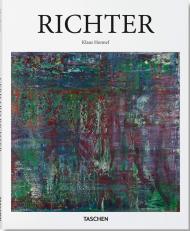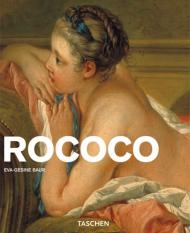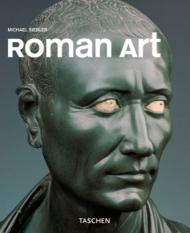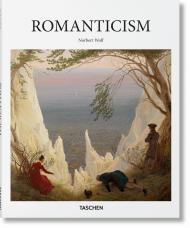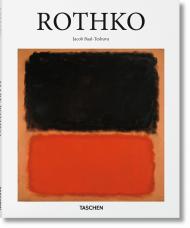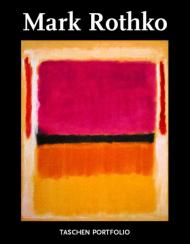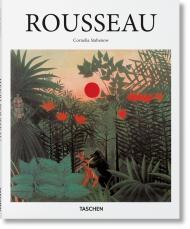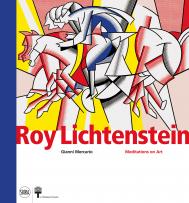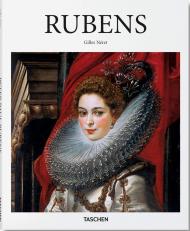Roy Lichtenstein’s painting is almost an identifiable brand today and his influence is evident in many forms of artistic expression: painting, advertising, photography, design, fashion.
Published for the extensive Milan exhibition and curated by Gianni Mercurio, this catalogue analyses – for the first time – the works he created by appropriating images from the history of modern art.
The publication comprises more than 100 works, mainly large-scale paintings, drawings and sculptures, photographs, and short films dedicated to the artist held in significant public and private international collections, including the Ludwig Museum in Cologne, the Ludwig Forum in Aachen, the Louisiana Museum in Copenhagen, the Whitney Museum and the Guggenheim Museum in New York, the Moderner Kunst Museum in Vienna, and the Broad Art Foundation in Los Angeles.
There is a wide range of paintings with their preparatory drawings made by Lichtenstein from the 1950s to the 1990s and inspired by Cubism, Expressionism, Futurism, 1930s Modernism, minimalist abstraction, Action Painting, and landscape and still life genres.
His art was not mere ‘citationism’ or the desire to reinterpret the art of the past but is about the appropriation and transformation in a Pop way of forms of Greek architecture, Etruscan painting and the Baroque line.
The exhibition proposes a major re-reading of the following: Impressionism and expressionism, with their main exponents such as Monet, Matisse, and Nolde; Cubism with Picasso; Futurism; the Rationalism of Mondrian; and Surrealism.
The historic avant-garde movements in particular, which gave life to a new artistic course through a break with the past and which are now assimilated into ‘great art’, were in turn transformed to become an object of ironic and destabilising inquiry highlighting the cultural commercialisation and exploitation of high art.
One of the most complete monographs of the artist to date, this volume depicts the career of Roy Lichtenstein, one of the finest American pop artists of his era. Roy Lichtenstein (1923-1997) was the master of the stereotype, and the most sophisticated of the major pop artists. An emblematic protagonist of the New York art scene of the second half of twentieth century, he became a legend in his prolific lifetime. Even now, thirteen years after his death, his works and lexicon of symbols, subjects and themes continue to intrigue the art world. Published on the occasion of the major exhibition at the Milan Triennial, this monograph covers the entire artistic development of Roy Lichtenstein, through more than 250 paintings and sculptural works, a rich photographic section including unpublished material, and critical text. The reproductions of Lichtenstein’s work are large-format, in full color. The insightful quotes and most of the references to his personal life serve to explain how his art evolved or how he came to be in a particular place in the world. This deluxe edition (large square format with padded cover) offers a dynamic and provocative look at the works of Lichtenstein through a powerful combination of text and visual elements. It will appeal to Lichtenstein fans, critics, dealers, and anyone interested in contemporary art.
About the Author:
Gianni Mercurio, curator and essayist, lives and works in Rome. His exhibitions in museums include: Andy Warhol (Rome, Genoa, 1996/1999), Roy Lichtenstein, Reflections (Rome, Milan, Wolfsburg Kunstmuseum 1999/2000), Keith Haring (Pisa, Rome, Helsinki, Aachen-Ludwig Forum, Catania 1999/2001) Jean-Michel Basquiat (Rome, 2002) George Segal (Rome, 2002) and exhibitions on the Graffitists (Naples, Rome, 1997/1998) and the Hyper-realists (Rome, 2003). For Skira the author has published The Andy Warhol Show (2004), The Keith Haring Show (2005), and The Jean-Michel Basquiat Show (2006).

